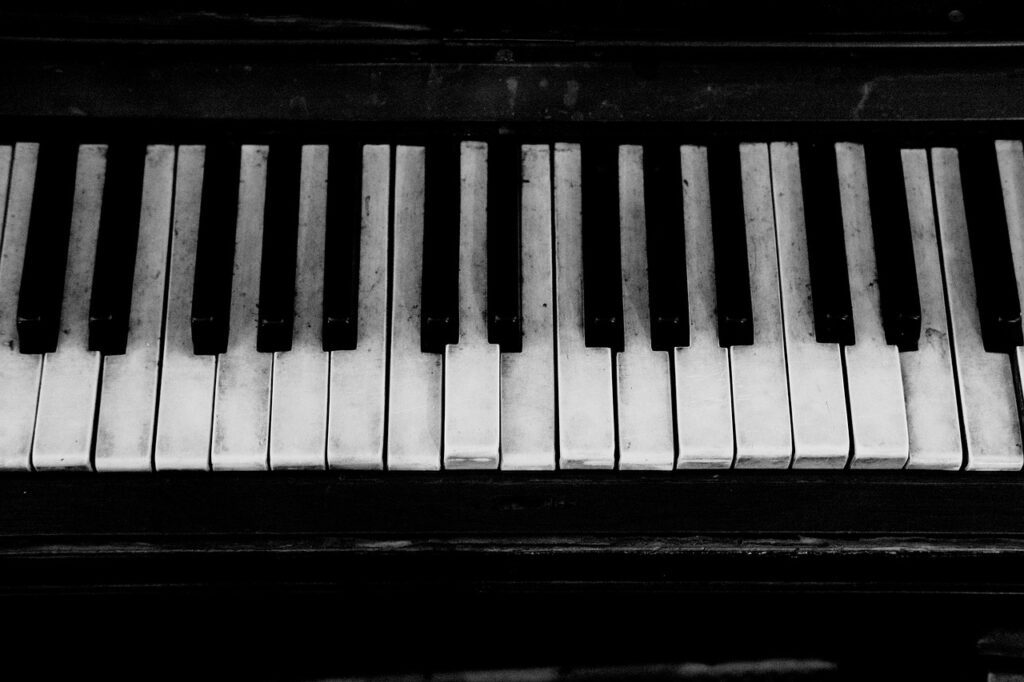Introduction: Why a ‘b’ Signifies Flat In Music
Why a ‘b’ Signifies Flat In Music: The use of the “b” symbol to signify a flat in music notation is a key element of written music’s language. This article explores the origins and evolution of this symbol, offering insights into how musical notation has shaped the way we read and perform music.
Historical Background of the “b” Symbol in Music Notation
Musical notation has evolved to include various symbols that communicate specific pitch alterations. The “b” symbol for flats has a particularly interesting history rooted in medieval music theory.
Origins of the Flat Symbol
The “b” symbol that we use to indicate a flat note originates from the medieval music concept of hexachords and the need to avoid dissonant intervals. The term “b molle” (soft b) was used to denote what is now known as B flat, contrasting with “B durum” (hard b), which referred to the natural B.
Evolution of Musical Notation
Over centuries, the notation of flat evolved from “b molle” to the more streamlined symbol we recognize today. This adaptation reflects broader changes in music composition and performance practices, accommodating more complex harmonies and scales.

The Role of “b” in Music Theory
In music theory, a flat lowers a note by a half step. The initial focus on B flat, indicated by “b,” was essential for modifying the scale to avoid tritones, which were considered musically undesirable in the past.
Influence on Modern Music
The adoption of the flat sign has significantly influenced Western music, allowing for the exploration of new keys and enhancing harmonic complexity. This evolution has enabled a diverse array of musical genres and styles to flourish.
Conclusion
The representation of flat by a “b” in music notation connects modern musicians with a rich history of musical development. By delving into the origins of this symbol, musicians and enthusiasts can gain a deeper appreciation of the intricate system of music notation that underpins much of Western music.


